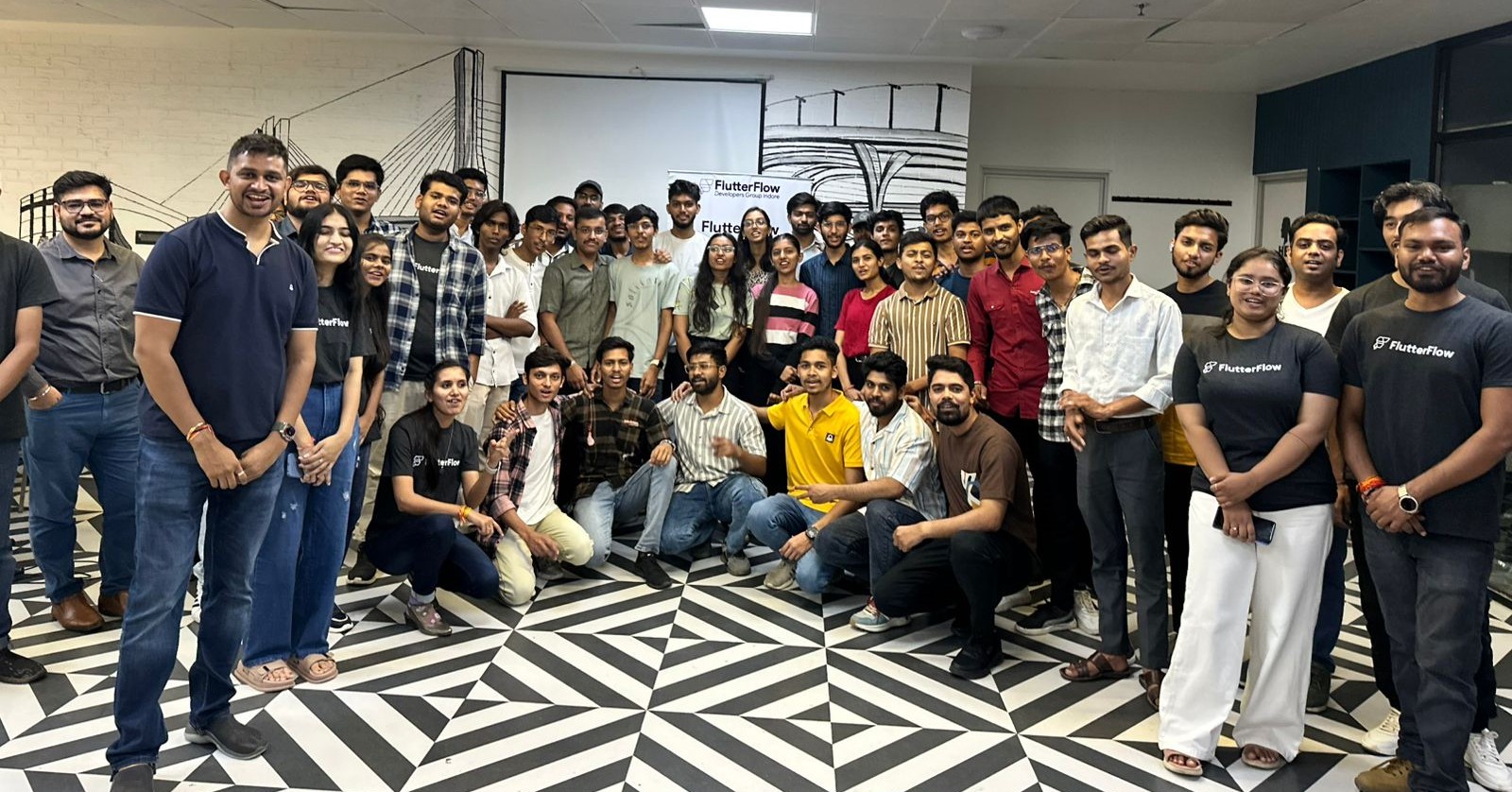Is FlutterFlow the Right Choice for You? A Student's Guide to Low-Code App Development
 Ankita Malik
Ankita Malik
Hey there, fellow FlutterFlow enthusiasts!
At our last FlutterFlow Indore community event, I noticed a lot of students raising questions about FlutterFlow→ its capabilities, limitations, and whether it’s the right tool for their app development journey. It was amazing to see such enthusiasm! If you’re reading this, it’s probably because you’re considering adding FlutterFlow to your tech stack, and you’re curious about how it fits into your development goals.
Let’s dive into some of the most common questions and concerns that students like you have when exploring FlutterFlow.
Is FlutterFlow Completely No-Code?
Actually, FlutterFlow is a low-code platform, not strictly no-code. While it provides a powerful drag-and-drop interface for designing and building apps, there may be times when you’ll need to write custom code to implement advanced features or unique integrations. This is what makes it a "low-code" tool → it allows you to do most things visually but still gives you the flexibility to add custom functionality through code if needed.
Don’t worry if you’re not a seasoned coder, though! FlutterFlow’s community and resources are super beginner-friendly, and learning to add small snippets of code is much easier than starting from scratch with traditional coding.
For most use cases, you won’t need to write much code at all, but FlutterFlow gives you the flexibility to do so when necessary.
Is Programming Knowledge Required?
Well, here’s my personal take on it: if you’re a student who hasn’t really delved into coding before, I think FlutterFlow is a great platform to explore. Focus on designing and building your ideas visually using FlutterFlow's tools. At the same time, it wouldn’t hurt to start learning Dart (the programming language behind Flutter) and get familiar with basic programming logic.
While FlutterFlow is designed to help you build apps without writing much code, having some programming knowledge will definitely make you feel more powerful and confident when using it. Understanding how things work behind the scenes, even on a basic level, will give you the flexibility to customize your app further and enhance its functionality.
FlutterFlow is a great starting point if you’re new to coding, but learning a bit of Dart and programming logic on the side will make you an even stronger developer. Yes, you can write the logic using their interface if you prefer not to, but understanding the basics will be beneficial.
Can FlutterFlow Handle Large-Scale Apps?
Yes, it can! Even though it’s a low-code platform, FlutterFlow is designed to handle large-scale apps and has been used by big companies like Axis Bank and ICICI Prudential for their mobile applications. This means that whether you’re building a small student project or a more complex app for a startup or enterprise, FlutterFlow can scale with your needs.
FlutterFlow is not just for small personal projects→it’s robust enough for large-scale applications.
What About Job Prospects for Low-Code Developers?
The job market for low-code developers is growing fast, and FlutterFlow is becoming a popular skill. As companies continue to embrace low-code development for its speed and efficiency, having experience with FlutterFlow can make you a strong candidate for various tech roles. Being able to build apps quickly while still allowing for custom code makes you versatile, which is something employers appreciate.
Learning FlutterFlow and mastering low-code app development could open doors to exciting career opportunities, especially in today’s fast-paced tech landscape.
Key Takeaways:
Low-Code, Not No-Code: FlutterFlow is a low-code platform, meaning you can build most features without code but still have the flexibility to add custom code as needed.
Scalable: Whether for small projects or enterprise-level apps, FlutterFlow can handle your development needs.
Growing Job Market: The demand for low-code developers is increasing, and having FlutterFlow skills can boost your career prospects.
Tips to Get Started with FlutterFlow:
Join the FlutterFlow Community: Engage with other developers, share your experiences, and get support through community forums, events, and social groups. The best learning often comes from collaboration. Also, follow FFDG and FFDG Indore community if you're from Indore, and tag us with your app!
Explore Tutorials and Resources: Take advantage of the many tutorials, documentation, and online courses that will help you learn FlutterFlow step by step. Whether it’s on YouTube or community-led platforms, there are tons of resources to get you going.
Start Building: Don’t wait→jump right into building your first project. Whether it’s a simple app or something more complex, getting hands-on experience is the best way to learn and improve.
Final Thoughts:
As you explore FlutterFlow, remember that it’s not just about creating an app quickly, it’s about experimenting and having fun with the process. FlutterFlow's low-code approach makes it easy to create a variety of apps, while also allowing you to add custom code for more complex features if needed. Whether you’re working on a student project, a startup idea, or a large-scale app, FlutterFlow can help you bring your vision to life.
So go ahead, give it a try, and see where your creativity takes you!
Happy building!🚀
Subscribe to my newsletter
Read articles from Ankita Malik directly inside your inbox. Subscribe to the newsletter, and don't miss out.
Written by

Ankita Malik
Ankita Malik
MERN | JAVA | FLUTTER | POSTGRES |SQL